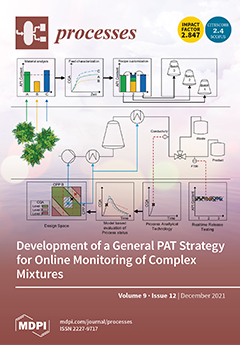High-spatiotemporal-resolution land surface temperature (LST) is a crucial parameter in various environmental monitoring. However, due to the limitation of sensor trade-off between the spatial and temporal resolutions, such data are still unavailable. Therefore, the generation and verification of such data are of great
[...] Read more.
High-spatiotemporal-resolution land surface temperature (LST) is a crucial parameter in various environmental monitoring. However, due to the limitation of sensor trade-off between the spatial and temporal resolutions, such data are still unavailable. Therefore, the generation and verification of such data are of great value. The spatiotemporal fusion algorithm, which can be used to improve the spatiotemporal resolution, is widely used in Landsat and MODIS data to generate Landsat-like images, but there is less exploration of combining long-time series MODIS LST and Landsat 8 LST product to generate Landsat 8-like LST. The purpose of this study is to evaluate the accuracy of the long-time series Landsat 8 LST product and the Landsat 8-like LST generated by spatiotemporal fusion. In this study, based on the Landsat 8 LST product and MODIS LST product, Landsat 8-like LST is generated using Spatial and Temporal Adaptive Reflectance Fusion Model (STARFM), Enhanced STARFM (ESTARFM), and the Flexible Spatiotemporal DAta Fusion (FSDAF) algorithm, and tested and verified in the research area located in Gansu Province, China. In this process, Landsat 8 LST product was verified based on ground measurements, and the fusion results were comprehensively evaluated based on ground measurements and actual Landsat 8 LST images. Ground measurements verification indicated that Landsat 8 LST product was highly consistent with ground measurements. The Root Mean Square Error (RMSE) was 2.862 K, and the coefficient of determination R
2 was 0.952 at All stations. Good fusion results can be obtained for the three spatiotemporal algorithms, and the ground measurements verified at All stations show that R
2 was more significant than 0.911. ESTARFM had the best fusion result (R
2 = 0.915, RMSE = 3.661 K), which was better than STARFM (R
2 = 0.911, RMSE = 3.746 K) and FSDAF (R
2 = 0.912, RMSE = 3.786 K). Based on the actual Landsat 8 LST images verification, the fusion images were highly consistent with actual Landsat 8 LST images. The average RMSE of fusion images about STARFM, ESTARFM, and FSDAF were 2.608 K, 2.245 K, and 2.565 K, respectively, and ESTARFM is better than STARFM and FSDAF in most cases. Combining the above verification, the fusion results of the three algorithms were reliable and ESTARFM had the highest fusion accuracy.
Full article





